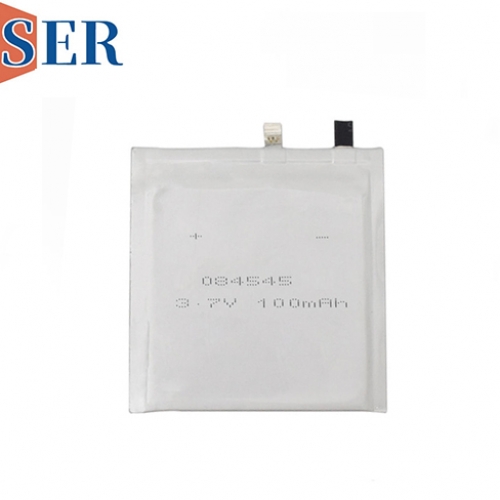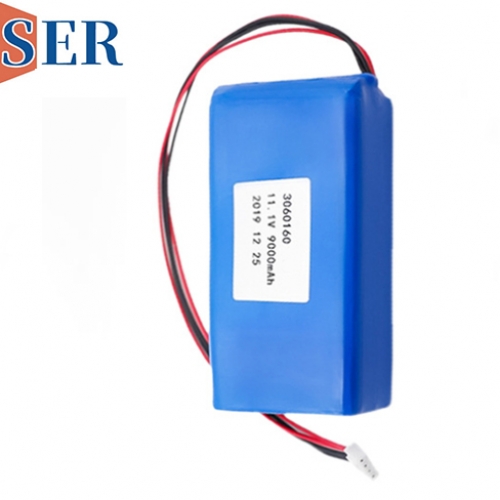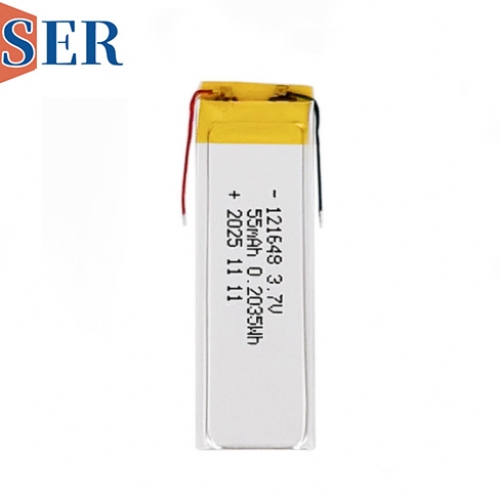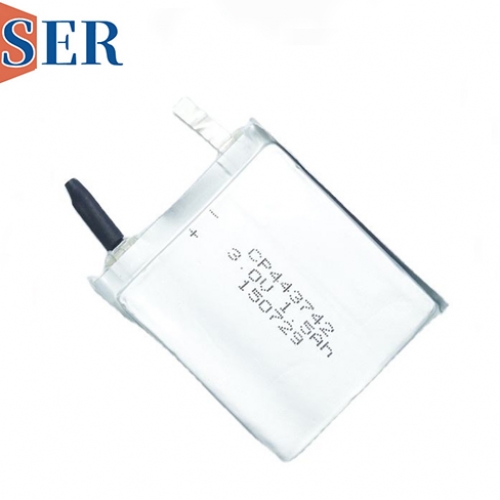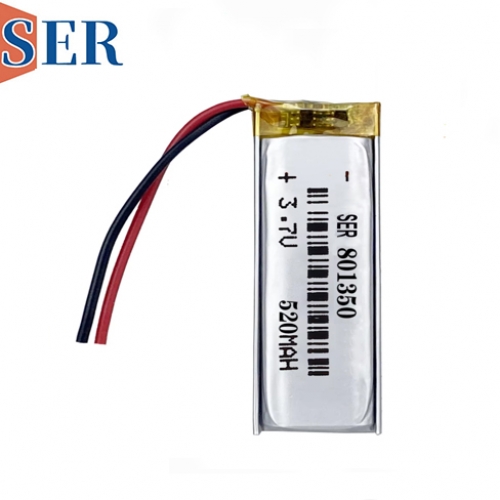The Evolution and Applications of Lithium-Ion Polymer (LiPo) Batteries
The Evolution and Applications of Lithium-Ion Polymer (LiPo) Batteries: A Comprehensive Analysis
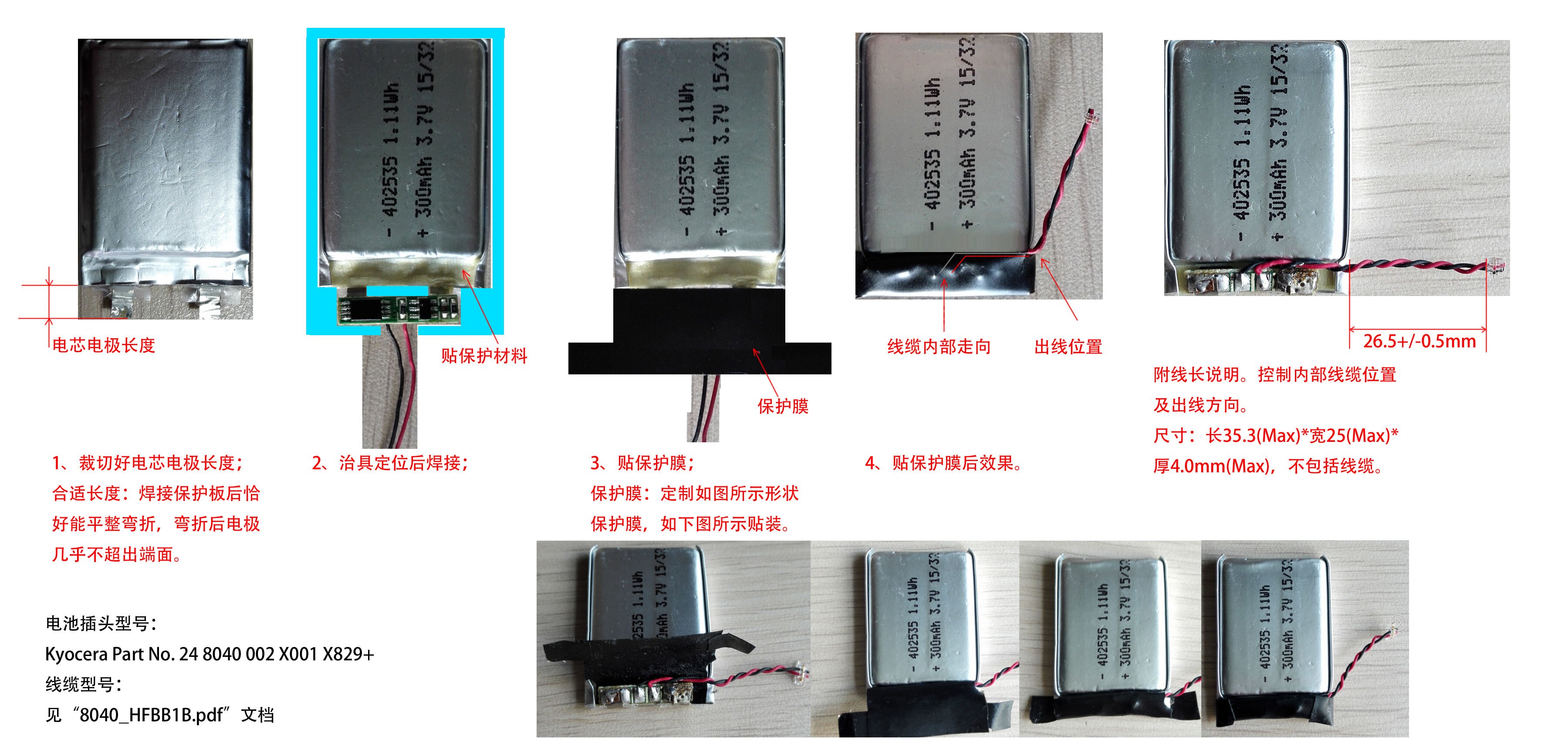
Abstract
Lithium-ion polymer (LiPo) batteries have emerged as a cornerstone of modern portable electronics, offering a blend of high energy density, flexibility in design, and rechargeability. This article explores the technology behind LiPo batteries, their evolution, manufacturing processes, and diverse applications across industries. Lithium Ion polymer batteries, or more briefly LiPo battery are 3.7V rechargeable batteries using lithium ion technology that can be recharged repeatedly. SER battery have ultrathin battery,custom curved Lipo battery, special shaped polymer battery, non magnetic batteries,low temperature lipo battery and high temperature battery. It also examines the challenges in safety, environmental impact, and future innovations, providing a holistic view of their role in shaping contemporary technology.
1. Introduction
The advent of portable electronic devices has been intricately linked to advancements in battery technology. Among these, Lithium-ion polymer (LiPo) batteries stand out for their versatility and performance. Unlike traditional lithium-ion batteries, LiPo batteries utilize a polymer electrolyte instead of a liquid one, enabling thinner, lighter, and more flexible designs. This article delves into the nuances of LiPo battery technology, its applications, and the future trajectory of this energy storage solution.
2. Understanding LiPo Battery Technology
2.1 Basic Structure and Components
LiPo batteries are constructed from one or more electrochemical cells, each comprising a negative electrode (anode), a positive electrode (cathode), and a polymer electrolyte. The anode is typically made of graphite, while the cathode often consists of lithium cobalt oxide (LiCoO₂) or other lithium compounds. The polymer electrolyte, usually a gel or solid polymer, facilitates the movement of lithium ions between the electrodes.
2.2 Working Principle
During discharge, lithium ions migrate from the anode through the electrolyte to the cathode, releasing electrical energy. Conversely, during charging, an external power source drives the ions back to the anode. This reversible process allows LiPo batteries to be recharged hundreds of times, making them ideal for repeated use in consumer electronics.
2.3 Advantages Over Traditional Lithium-Ion Batteries
The polymer electrolyte in LiPo batteries offers several advantages:
Form Factor Flexibility: LiPo batteries can be manufactured in various shapes and sizes, including ultra-thin, curved, and custom designs, catering to the aesthetics and functionality of modern devices.
Higher Energy Density: LiPo batteries can achieve higher energy densities compared to traditional lithium-ion batteries, enabling longer runtimes for devices.
Reduced Risk of Leakage: The solid or gel-like electrolyte minimizes the risk of electrolyte leakage, enhancing safety.
3. Evolution of LiPo Battery Technology
3.1 Historical Development
The development of LiPo batteries can be traced back to the late 20th century, with significant advancements in polymer electrolytes and electrode materials. Early iterations faced challenges in terms of cycle life and energy density, but ongoing research has addressed these issues, leading to the robust batteries available today.
3.2 Key Innovations
Solid-State Electrolytes: Recent innovations include the development of solid-state electrolytes, which promise even higher energy densities and improved safety.
Advanced Electrode Materials: Research into silicon anodes and high-voltage cathodes aims to further enhance the performance of LiPo batteries.
Thermal Management: Improvements in thermal management systems have extended the operational temperature range of LiPo batteries, making them suitable for extreme environments.
4. Manufacturing Process of LiPo Batteries
4.1 Electrode Preparation
The manufacturing process begins with the preparation of the anode and cathode materials. These materials are mixed with binders and solvents to form a slurry, which is then coated onto a current collector (typically copper for the anode and aluminum for the cathode).
4.2 Assembly
The coated electrodes are dried, calendared to control thickness, and then laminated with a separator soaked in electrolyte. The resulting stack is either wound into a jelly roll or stacked in a prismatic or pouch configuration, depending on the desired battery shape.
4.3 Sealing and Formation
For pouch-type LiPo batteries, the assembled cell is placed in a flexible pouch and sealed. The battery then undergoes a formation process, where it is charged and discharged several times to activate the electrodes and stabilize the solid-electrolyte interphase (SEI) layer, which is crucial for battery performance and longevity.
5. Applications of LiPo Batteries
5.1 Consumer Electronics
LiPo batteries have become ubiquitous in consumer electronics, powering smartphones, tablets, laptops, and wearable devices such as smartwatches and fitness trackers. Their flexibility and high energy density make them ideal for these applications, where space is at a premium, and long battery life is desired.
5.2 Medical Devices
In the medical field, LiPo batteries are used in portable diagnostic equipment, hearing aids, and implantable devices. Their reliability and ability to be shaped to fit within small, ergonomic designs are critical in these applications.
5.3 Aerospace and Defense
The aerospace and defense sectors utilize LiPo batteries for their lightweight and high energy density, which are essential for reducing the weight of satellites, drones, and portable military equipment. Custom-shaped LiPo batteries can be designed to fit within the unique constraints of these applications.
5.4 Automotive Industry
While lithium-ion batteries with liquid electrolytes dominate the electric vehicle (EV) market, LiPo batteries are finding niche applications in hybrid systems and specialty vehicles. Their flexibility and ability to operate at varying temperatures make them suitable for certain automotive applications.
5.5 Industrial and Robotics
LiPo batteries power industrial robots, automated guided vehicles (AGVs), and portable power tools. Their high discharge rates and ability to deliver consistent power over extended periods are advantageous in these settings.
6. Challenges and Considerations
6.1 Safety Concerns
Despite their advantages, LiPo batteries pose safety risks if not handled properly. Overcharging, over-discharging, physical damage, or exposure to high temperatures can lead to thermal runaway, resulting in fire or explosion. Manufacturers implement safety features such as protection circuits and pressure relief valves to mitigate these risks.
6.2 Environmental Impact
The production and disposal of LiPo batteries raise environmental concerns due to the use of rare earth metals and potential for hazardous waste. Recycling initiatives are crucial to recover valuable materials and minimize environmental impact.
6.3 Cost and Scalability
The cost of LiPo batteries, particularly those with advanced features like solid-state electrolytes, can be prohibitive for some applications. Scaling up production and improving manufacturing processes are essential to reducing costs and increasing accessibility.
7. Future Trends and Innovations
7.1 Solid-State LiPo Batteries
The transition to solid-state electrolytes represents a significant advancement in LiPo battery technology. Solid-state batteries offer higher energy densities, improved safety, and longer cycle lives, making them a promising avenue for future research and development.
7.2 Integration with Renewable Energy Systems
As the world shifts towards renewable energy sources, LiPo batteries can play a crucial role in energy storage, enabling the efficient use of solar and wind power. Their flexibility and scalability make them suitable for residential, commercial, and grid-scale energy storage solutions.
7.3 Smart Battery Management Systems
The integration of advanced battery management systems (BMS) with LiPo batteries can enhance performance, safety, and longevity. BMS can monitor battery health, optimize charging and discharging cycles, and predict maintenance needs, ensuring reliable operation over the battery's lifespan.
7.4 Sustainable Materials and Manufacturing
Research into sustainable materials and manufacturing processes is underway to reduce the environmental footprint of LiPo batteries. This includes the use of recycled materials, bio-based electrolytes, and energy-efficient production methods.
8. Conclusion
Lithium-ion polymer batteries have revolutionized the portable electronics industry, offering a combination of high energy density, flexibility, and rechargeability that is unmatched by traditional battery technologies. Their evolution has been marked by continuous innovation, addressing challenges in safety, cost, and environmental impact. As we look to the future, LiPo batteries are poised to play an even greater role in shaping the technology landscape, from powering the next generation of wearable devices to enabling the widespread adoption of renewable energy systems. The ongoing research and development in this field promise to unlock new possibilities, ensuring that LiPo batteries remain at the forefront of energy storage solutions for years to come.

